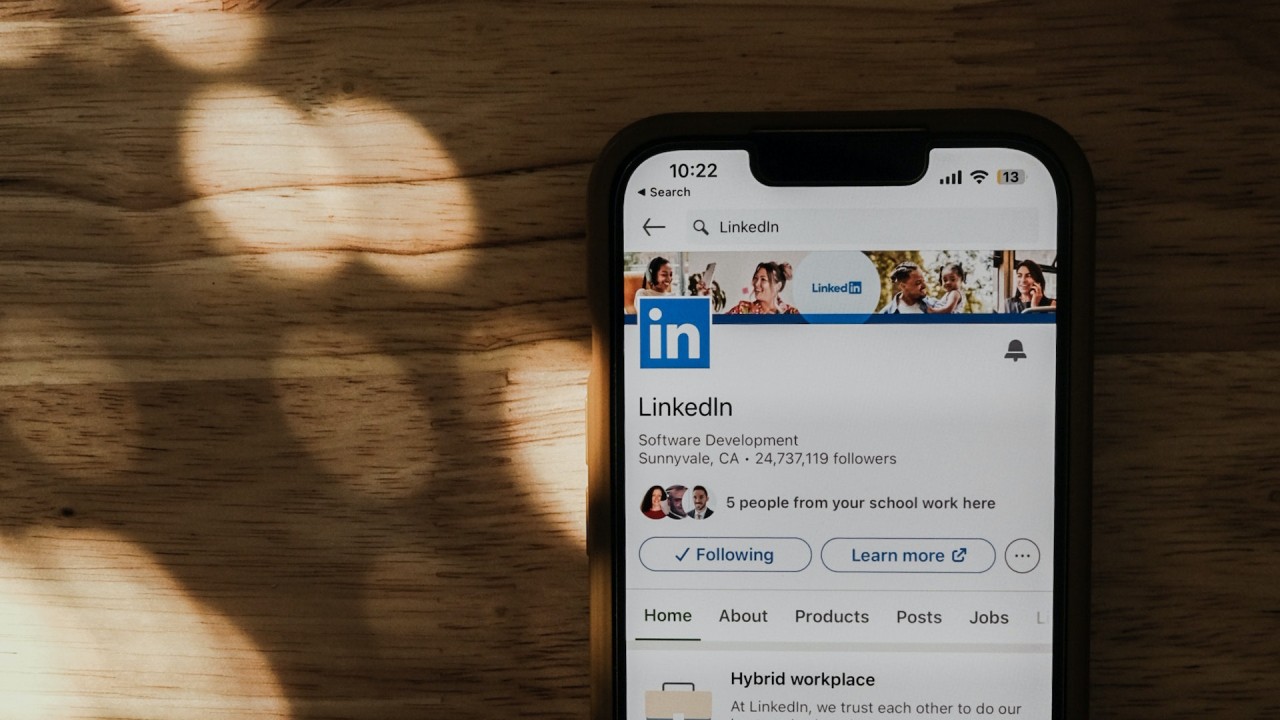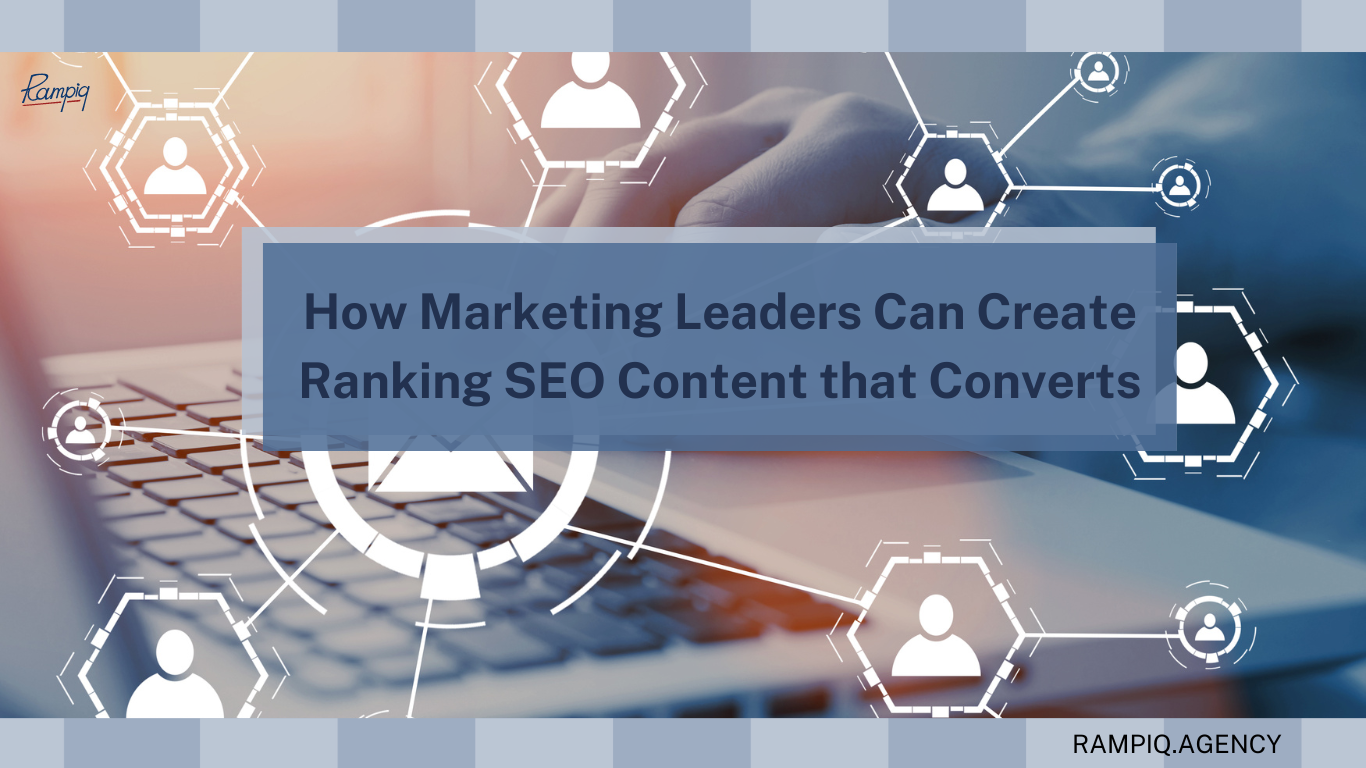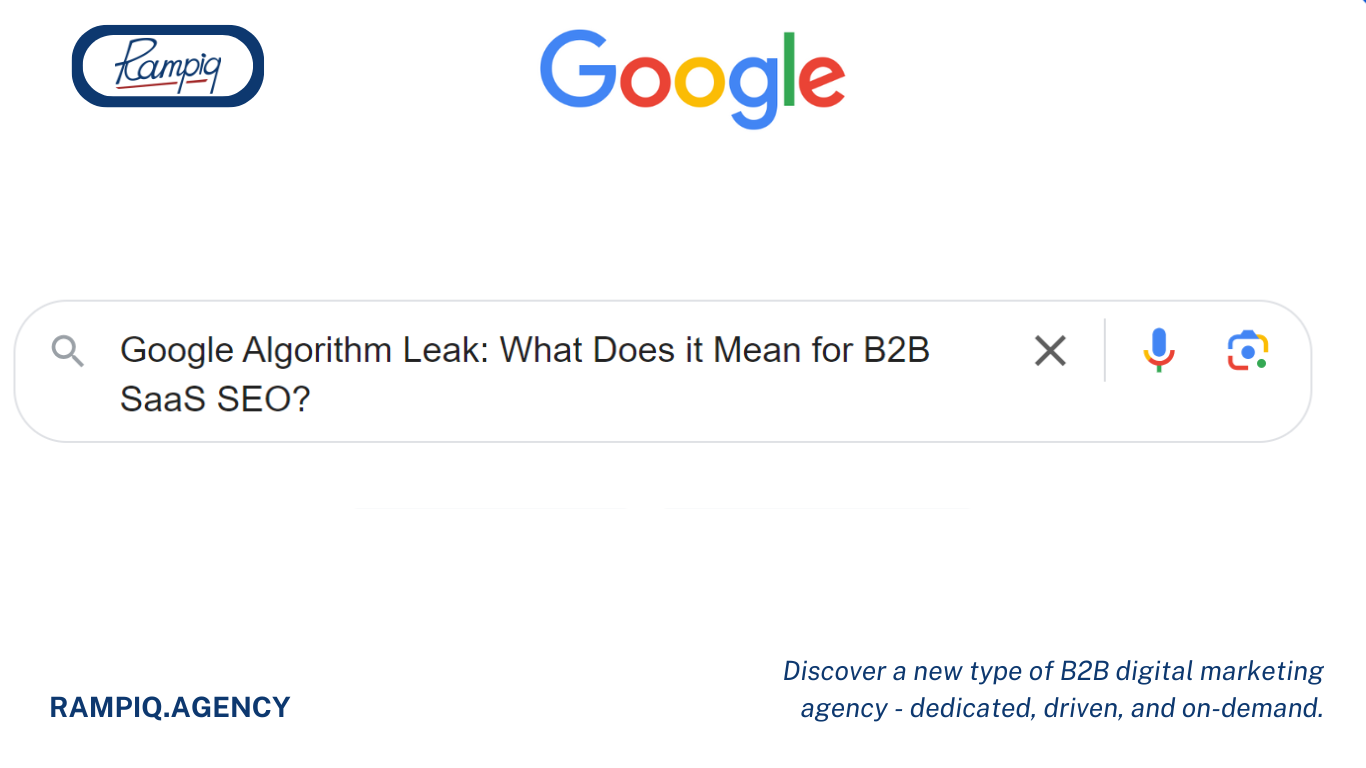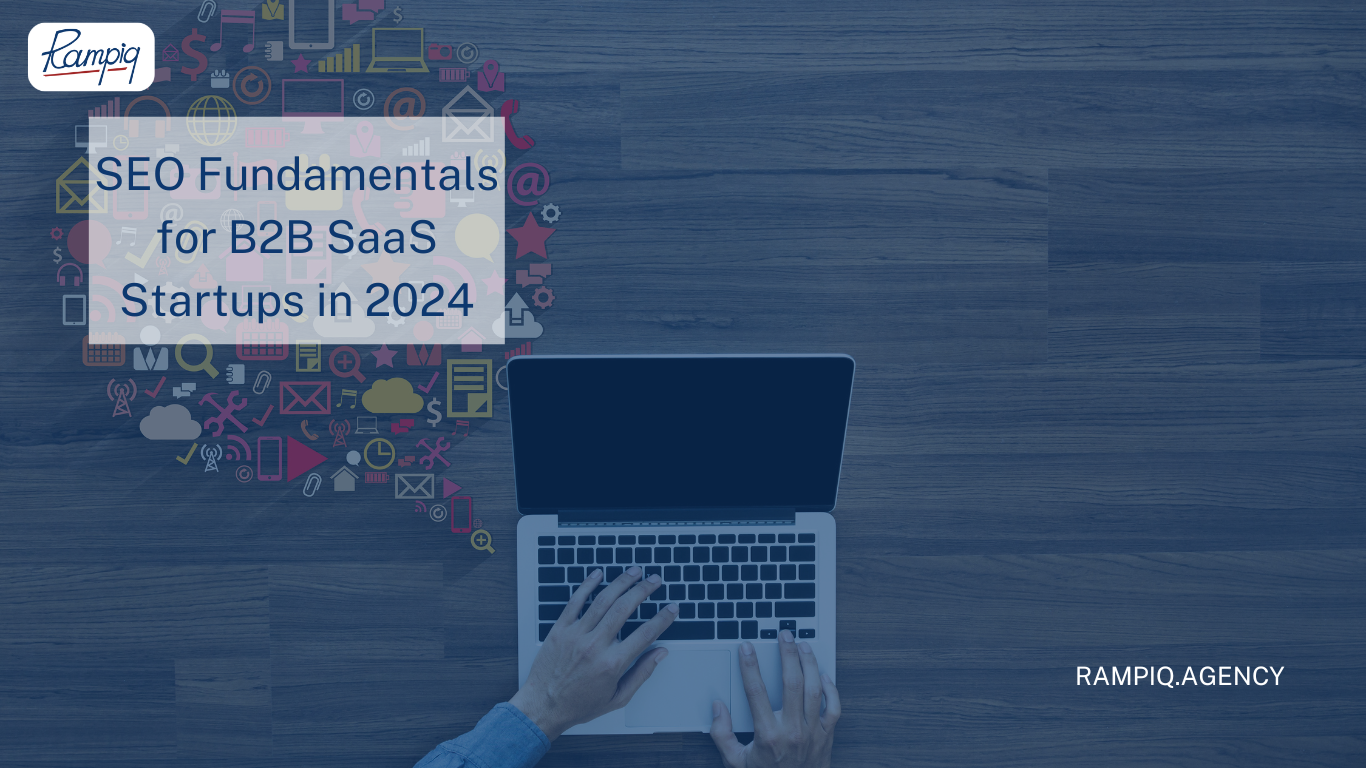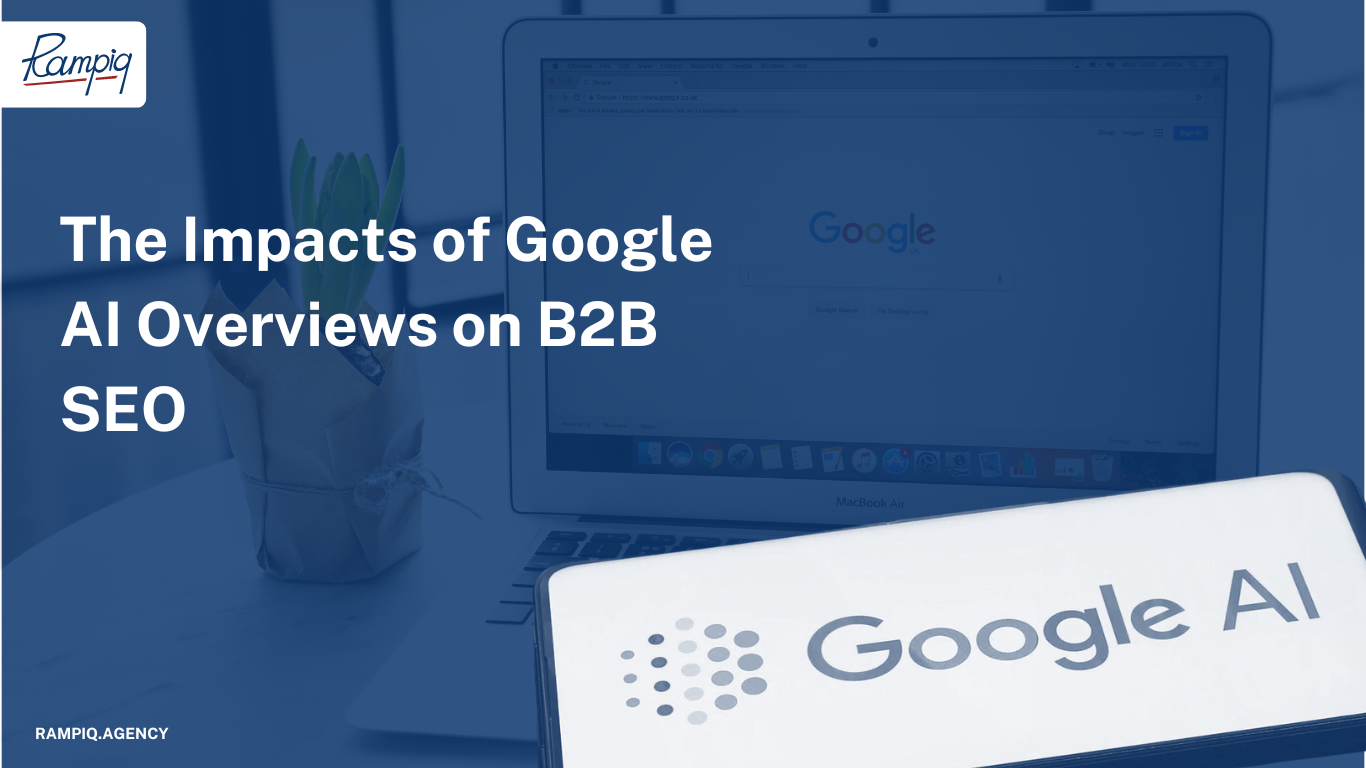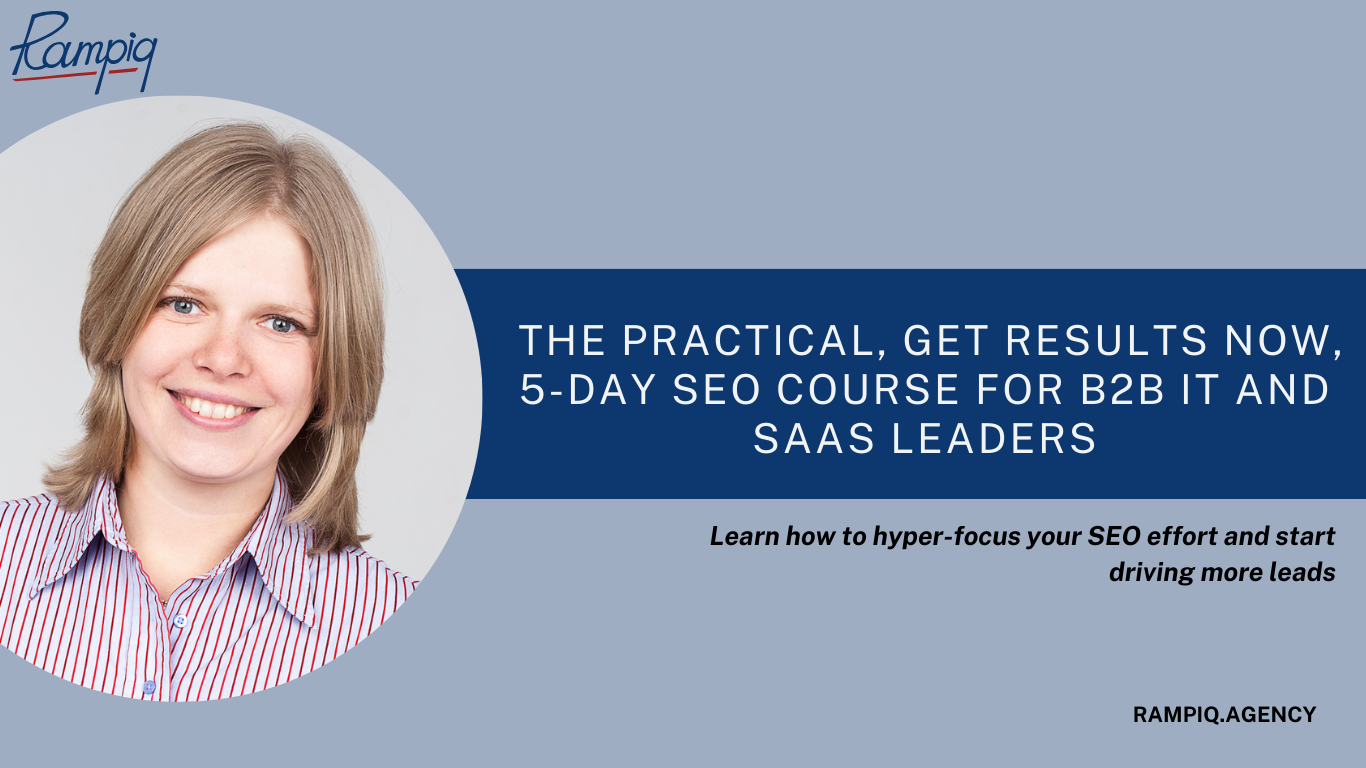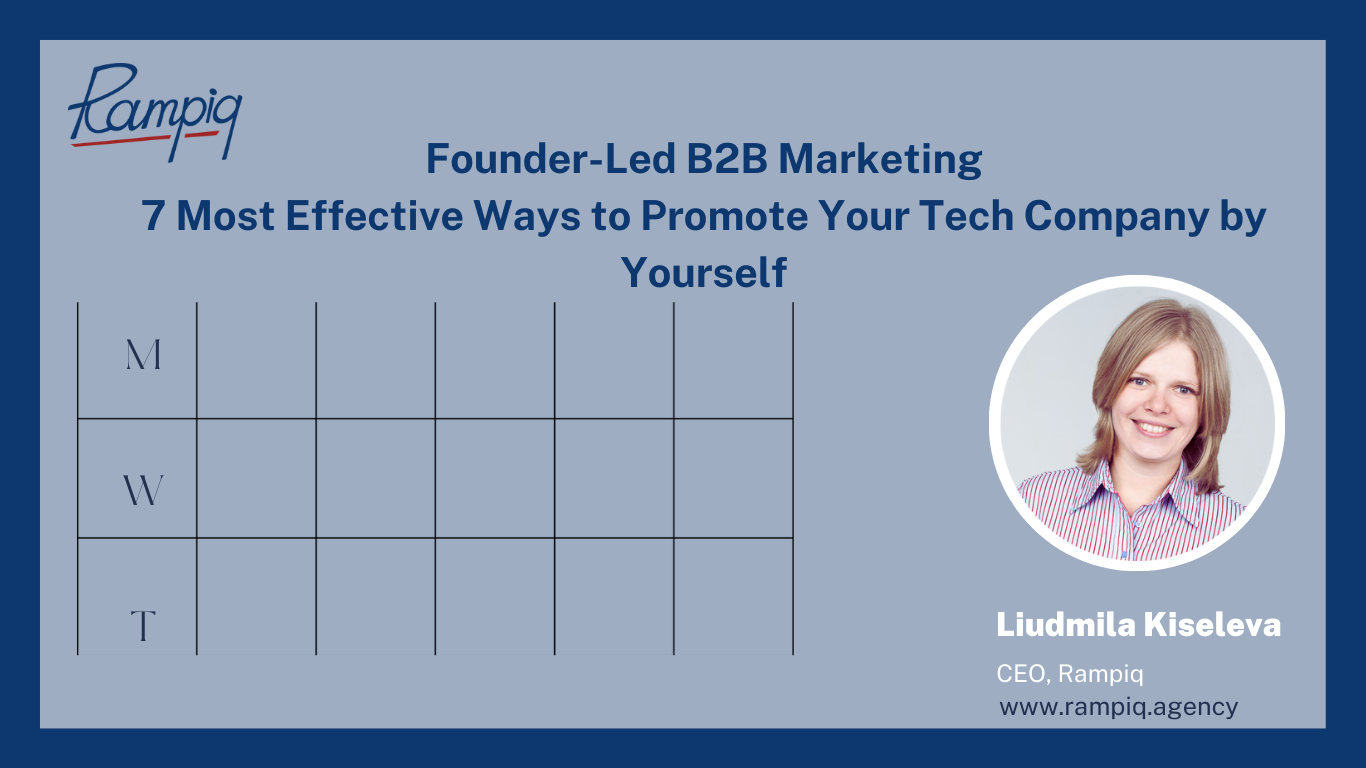What are the Differences Between SEO and LinkedIn Ads?
The biggest difference between these two channels is that they start from different parts of the funnel. In the next few chapters, we’ll cover the pros and cons of each channel and dive deeper into their differences.
SEO Pros and Cons
SEO usually has a healthy mix of top-of-funnel, middle-of-funnel, and bottom-of-funnel search terms. The traffic from SEO can range widely in quality and intent.
The amazing thing about SEO is that it builds momentum over time, so if at any point you stopped working on SEO, not only would you not lose out on all the work you’ve put in, but you’d actually continue to gain momentum and traffic long after you stopped additional work.
One of the cons of SEO is that it can generate unqualified traffic because you’re trying to capture traffic around certain topics, phrases, and questions. You also can’t qualify the people clicking, you don’t know the industry’s position titles, seniority level, or even geography most times. Thus, the quality of that traffic can be problematic.
That can get you into trouble when retargeting because if SEO is the main way you’re driving traffic to your landing page, and you’re trying to retarget that traffic, that traffic won’t be accurate.
LinkedIn Ads Pros and Cons
LinkedIn ads, on the other hand, are the paid channel where you’re paying to place ads in front of a targeted audience.
The good part about LinkedIn ads is that you can qualify your traffic. Unlike SEO, you’re paying to promote ads in front of qualified prospects because you get to choose their position title, seniority level, geography, industry, and company size. Now you can be very confident that you’re spending your money on people who are likely to be a good fit for your product or service.
The downside is that if you stop running paid ads, you lose all your momentum. Unlike SEO, it’s not organic. Within 30 days of stopping paid ads, the benefits of those drop off almost immediately and would go down to zero.
The other downside is there’s no indicator that your traffic is in the market looking for anything related to your product or service. At least with SEO, the phrases, keywords, and questions you’re going after are industry-related, so you at least know that your traffic has an industry-related or product-related interest.
LinkedIn ads are targeted, so they’re qualified, but there’s no indicator of interest yet. Your traffic may not have clicked anything or searched for anything. They didn’t land on a certain keyword that shows intent. They’re likely to have a need based on their demographic, but you can’t see signs of intent.
How to Combine LinkedIn Ads and SEO for Maximum ROI
These are two wildly different channels that need to be evaluated separately. Most companies start with SEO, then soon they’re doing paid search ads and paid listings, and then eventually adopt other channels like Facebook and Linkedin.
Now, let’s cover two ways to combine LinkedIn ads with SEO effectively.
Combo #1: Using SEO to Drive Traffic and LinkedIn Ads to Qualify Them
The first combination we’d recommend is to use SEO for bottom-of-funnel to middle-of-funnel intent. There are many topics you can do with SEO. Many of them are just people becoming problem-aware and solution-aware, so they’re learning more about how to improve the solution. Next, use SEO to drive traffic to the website in a way that builds momentum, then qualify and retarget that traffic with LinkedIn ads.
The main benefit of SEO is similar to paid search – you’re able to determine that there is interest or intent based on the search terms, phrases, and questions that you’re building content around. Then you can use LinkedIn ads to qualify that traffic. For example, you can qualify them because they visited the website and they meet certain criteria that would make them a qualified buyer. This way, you’re combining those two channels so you can assume intent from the search terms, qualify them with LinkedIn ads, and then nurture and convert the traffic.
We would still recommend that you have a cold LinkedIn ad campaign so that you have a steady traffic of qualified prospects learning about your product or service. It would then be SEO and a cold LinkedIn campaign driving traffic to your website and then retargeting with LinkedIn.
That combination works because one main problem with SEO is that it creates unqualified traffic that misleads your retargeting, making it hard to run effective retargeting campaigns. However, if you can ensure that you’re only retargeting qualified prospects who have been to your website or company page, that makes a huge difference in the quality of people in your pipeline.
Combo #2: Create Demand with LinkedIn Ads and Capture it With SEO
The second combination is learning how people talk about your product or service, so you know what the most popular pain points or benefits that people are attracted to are.
Next, you can take that information and use it in your LinkedIn ads to create better ad copies and better ad imagery. Then with your SEO, you can start to understand your search volumes.
For example, as a LinkedIn ads agency, we could have called ourselves a LinkedIn Marketing Agency, LinkedIn Advertising Firm, or PPC company. One of the factors that influenced what we settled on is search volume.
We looked at all those terms, and LinkedIn Ads Agency was what most people gravitated towards. Most people searching for LinkedIn Ads Agency ended up being qualified prospects or paying clients for us. So, we started identifying ourselves as a LinkedIn Ads Agency based on the research that we found from SEO and paid search.
Now, one of the main issues that we discovered from SEO around LinkedIn ads is that people see LinkedIn ads as an expensive platform. We noted key questions like:
All these questions are insights from SEO and paid search that we use and incorporate into our ads.
If you ran a LinkedIn cold ad and created some demand or interest for your product or service, that person goes to Google and starts researching. If you’ve set up your SEO properly, LinkedIn can create demand, and then SEO will capture that demand.
This could also work both ways, where one channel could be the initial touchpoint, and the other channel could capture it. I don’t think people realize how these different platforms or channels can work with each other in a cohesive strategy.
Best Practices for LinkedIn Ads and SEO
Here are some LinkedIn ads best practices and SEO best practices you should follow:
1. Focus not only on search volume but on quality (SEO)
Firstly, focus your SEO on relevant terms and searches that show intent, not just the highest search volume. This is very important.
“LinkedIn ads” as a search term isn’t a priority because it’s a really high search term, and it’s too general to show any intent. I’d prefer to show up when people are searching for “LinkedIn ads agency” or “LinkedIn ads optimization” because it shows that my visitors:
- Are running LinkedIn ads
- They get better results from their ad spend
- They would benefit from an agency
Search terms like “what are LinkedIn ads” and “how to set up LinkedIn ads” clearly indicate that someone isn’t running LinkedIn ads right now.
To summarize, the strategy around SEO I’d recommend is to go to the bottom of the funnel as you can.
2. Use LinkedIn Experts to Set Up Campaigns
The next tip would be to work with a specialist or a LinkedIn Ads expert to set up your campaigns.
We’ve seen many cases where people try with good intentions to use the strategy, but they mess up a lot of the ad settings and end up wasting most or all of their budget.
Take your time to set your structure up right on LinkedIn Ads, and consider hiring an expert.
3. Add Other Platforms to Your Strategy
The third and last tip is to look for ways to plug in other platforms. SEO and LinkedIn ads can work well together, but the more platforms you add to that ecosystem, the better.
For example, you can combine LinkedIn ads with Google ads, add Facebook ads, and use LinkedIn organic marketing. The more channels you add, the more it improves the ROI of each separate individual channel and reduces their workload because they fuel each other.
Think of your marketing system as an ecosystem and not just separate channels that you’re growing.
